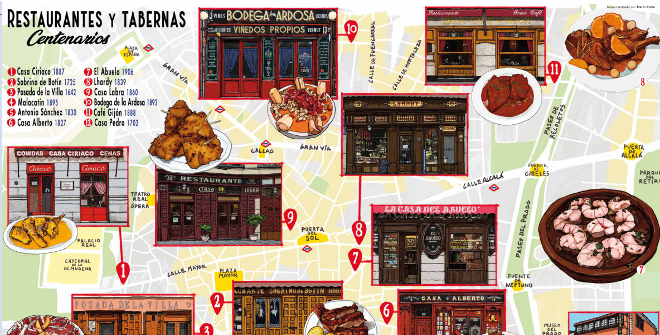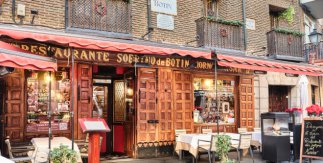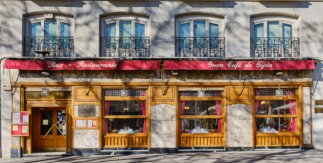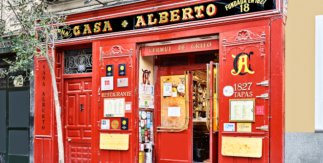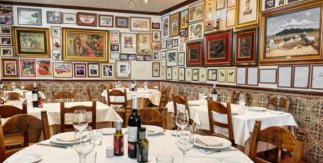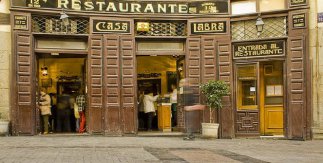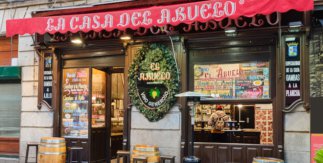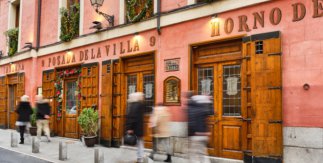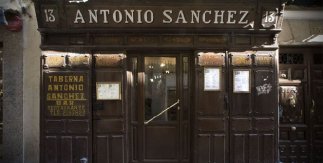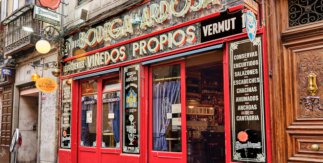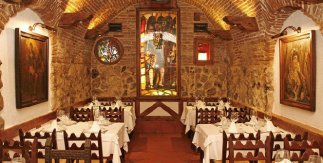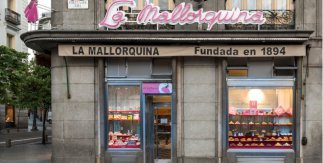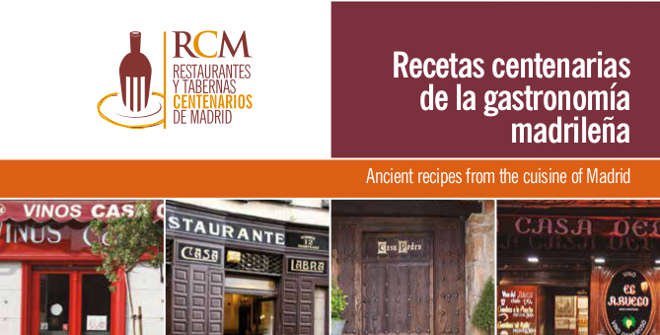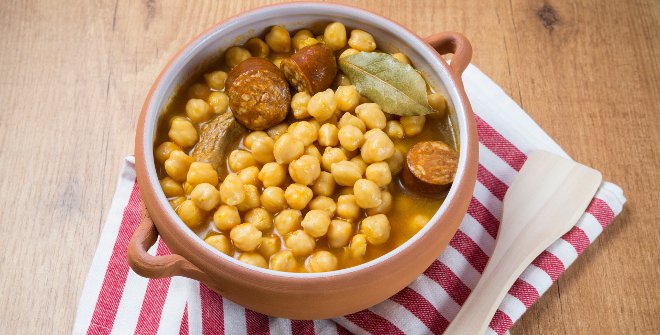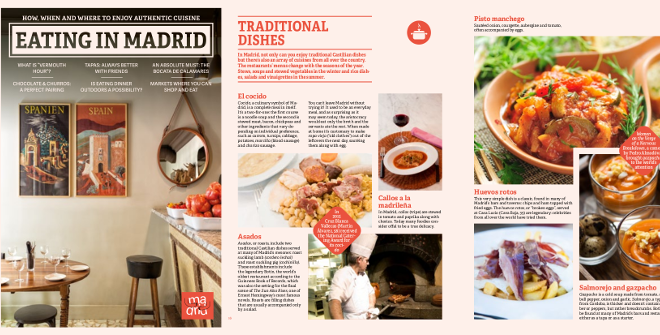An Illustrated Map of Centuries-old Restaurants and Tabernas
The Association of Centuries-old Restaurants and Tabernas of Madrid (RCM) comprises fourteen establishments (including two new additions from February 2024: Las Cuevas de Luis Candelas and La Mallorquina) whose history has been shaped not only by our gastronomy, but also by our politics, literature, painting and bullfighting tradition.
Botín, a popular spot among tourists, opened in 1725 next to the Arco de Cuchilleros archway; the spectacular Posada de la Villa on Calle de la Cava Baja, which was founded in 1642, pays homage to traditional cuisine; Casa Pedro, in the district of Fuencarral, began its life in 1702 as a staging post for travellers heading north out of Madrid; Casa Alberto, on Calle de las Huertas, dates back to 1827 and can be found in the same building where Miguel de Cervantes lived when he wrote Journey to Parnassus; Taberna de Antonio Sánchez, located on Calle del Mesón de Paredes, was established in 1839 by the bullfighter Colita; Lhardy, on Carrera de San Jerónimo, was opened that same year and is Madrid’s most literary restaurant; Casa Labra, just off Puerta del Sol on Calle de Tetuán, was established in 1860; Casa Ciriaco, which started out as a shop selling wine in 1887 on Calle Mayor; Café Gijón was founded in 1888 on Paseo de Recoletos; La Bodega de la Ardosa opened in 1892 on Calle de Colón, near Gran Vía avenue; Malacatín opened its doors in 1895 on Calle de la Ruda, near El Rastro flea market; and Casa del Abuelo, the youngest of them all, was established in 1906 on Calle de la Victoria, a street that has close ties to bullfighting.
Juan Manuel Bonet; Historian and art critic
eateries steeped in history
Considered the oldest restaurant in the world (in the Guinness Book of Records), Botín is known for its roast suckling pig.
The coffee still retains a literary aroma in this venue, which has been a meeting place for Madrid’s writers for over 100 years.
Centennial tavern where you can taste typical dishes of Madrid's gastronomy, in the heart of the Barrio de las Letras.
Traditional Castilian cuisine in one of the oldest and most popular restaurants in Madrid, in the heart of the Calle Mayor.
Century-old tavern next to Puerta del Sol, famous for its codfish tapas.
Centenary restaurant where traditional Madrid cuisine can be savoured in Fuencarral.
Its prawns and sweet wine have been famous since 1906. A perfect appetizer in the centre of Madrid.
Tradition, quality and impeccable service in this centenary restaurant, next to Puerta del Sol.
Traditional Madrilenian cuisine in the La Latina district
Traditional Spanish food in the La Latina district
Lavapiés tavern considered the oldest in Madrid. Traditional Spanish cuisine in a bullfighting environment.
Centennial tavern where you can enjoy draft beer or classic vermouth on tap in Malasaña.
Traditional castilian cuisine with roast sucking pork and lamb as its star dishes in this classic Madrid establishment.
La Mallorquina's patisserie has served Madrid citizens in the Puerta del Sol since 1894.
